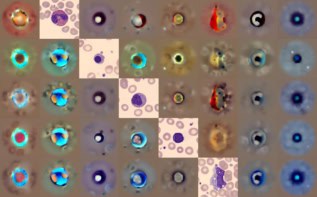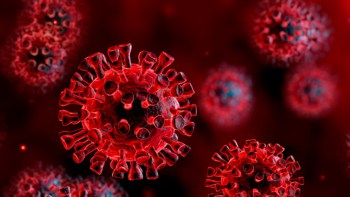Biology is soft, elastic and curvilinear, whereas conventional semiconductor electronic devices are rigid, planar and brittle. As disconnects go, this is a big one – although that may be about to change.
John Rogers and his team at the University of Illinois at Urbana-Champaign are working around the mismatch in mechanics and geometry to realize tissue-like electronic devices – bendy, waterproof and biocompatible – that could one day be implanted in the human body to open up new frontiers in biomedicine.
“Because you can’t change the biology, we as materials scientists have focused on new ways to use semiconductor materials in electronic devices that have the shape and mechanical properties of human tissue,” he tells Louise Mayor, features editor of Physics World, in our latest video report.
For Rogers and colleagues, the ultimate goal is a new generation of implantable bioelectronics with applications ranging from advanced surgical devices to light-activated drug delivery and accelerated wound healing. Just press “Play” to get the full story.
This interview forms part of a series filmed at the MRS Fall Meeting in Boston. See also “Living in a material world”, “Funding the frontiers of materials science” and “Spreading the word: why science outreach matters”.



